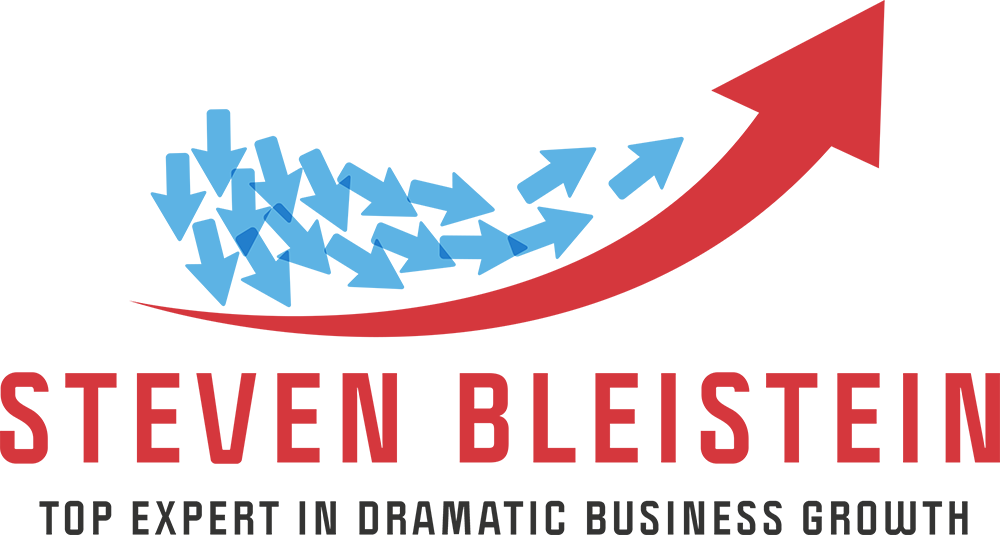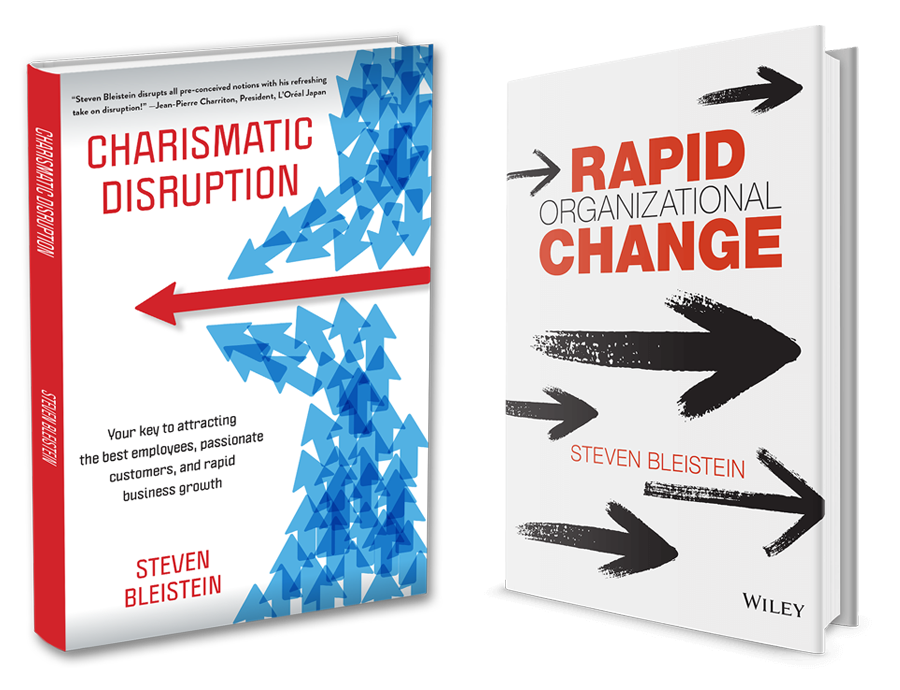[:en]Flying instructors sometimes advise the pilots they are training never to think in terms of the mechanics of manoeuvering their plane–moving the rudder, ailerons or elevators. Instead, they advise to think in terms of pressure. There is a nice account of this in Jet Age by Sam Howe Verhovek, where Toy Franklin is teaching Alvin “Tex” Johnston to fly. Tex Johnston later became chief test pilot for Boeing during the heady early days of commercial jet aviation.
“Right and left pressure on the rudder pedals for directional control, side pressure on the stick for a roll, and fore-and-aft pressure on the stick to move the nose upwards toward you or away from you. Don’t think of nose up and nose down. That way, when you advance to aerobatics and get on your back, you won’t be confused!” explains Toy to the young Johnston.
Guiding corporate strategy is much like flying a plane. Think of strategic goals in terms of the pressure that we will apply to moving our business, rather than the mechanics of how we will move. For example, a strategic goal might be, “Improve understanding of China market” (pressure), rather than “Conduct China market survey” (mechanics). After all, improving understanding of the China market tells us the direction we wish to go. Conducting a market survey is just one option among many for how to move. That way, when we get into the aerobatics of implementation, it is the direction in which we want to move that keeps us oriented, rather than the mechanics of how to get there. Should we find that a market survey is not helping us improve our understanding of the China market the way we had hoped, we can choose other options. However, if we think of strategic goals only in terms of mechanics, when the China market survey doesn’t work, we become disoriented.
So when piloting strategy for your business, think in terms of pressure over mechanics. Use that to maintain orientation during the aerobatics of implementation. This will help you stay the course toward your final destination, even when you end up on your back.[:ja]航空学校の先生は、パイロットの訓練の際、舵の取り方、補助翼、あるいは昇降といった飛行機を操縦する際の機械的な面を決して念頭に置かないように教えることが時々あるのだそうです。その代わりに圧力という面から考えるようにアドバイスするのだとか。Sam Howe Verhovekの書いた「ジェット・エージ」と言う本でトイ・フランクリンという人物ががアルビン・テックス・ジョンソンに飛行方法を教える場面は、その良い例です。テックス・ジョンソンはその後民間ジェット機飛行の歴史の中でも特に変動の激しかった初期に、ボーイング社のメイン試験飛行パイロットとなった人物です。
その場面でトイはまだ若かりし頃のジョンソンにこう説明します。「方向をコントロールするのは補助翼ペダルの左右の圧力。回転する時には操縦桿のサイドの圧力。機首を手前、或いは向こう側に向けるには操縦桿の縦方向への圧力。そういう風に考えなさい。機首を上げようとか下げようとか考えちゃいけない。そうすればいずれ君がアクロバット飛行をするようになって寝たポジションから操縦する時にも混乱することがないんだよ。」
会社戦略をリードするのも飛行機の操縦に似ています。戦略を考える時には、どうやって会社を動かすかといったやり方ではなく、ビジネスを動かす為にかける力といった面から考えてみましょう。例えば「中国市場の調査を行う(つまりどのようにして動くか)」ではなく、「中国市場についての理解を深める(力の向け方)」という風に見る訳です。中国市場を更に理解することで会社をどの方向に向けたいのかがわかってくる訳ですから。市場調査というのはどのように動くかを決めるための多くのオプションのひとつに過ぎません。力の向け方を見失わなければ、アクロバット飛行的な戦略実行アクションが必要になっても、どのようにして戦略を実行するかといった問題にとらわれることなく、どの方向に動きたいのかという大切な焦点が道を踏み外すことを防いでくれます。ですから、もし市場調査が中国市場の理解を深めるのに役にたたなかった、といった結論が出ても、そこでまた別のオプションを選ぶことが可能になるのです。逆に戦略ゴールを達成する為のやり方ばかりにとらわれていると、中国市場調査が使えないとわかった時点で、次にどうすれば良いのかわからなくなってしまいます。
ですので、ビジネス戦略の操縦を考えるときには、やり方ではなく力のかけ方を頭に置いて下さい。アクロバット飛行のような戦略実行の際にも方向を忘れないように。こうすることで、逆さまになろうがどうしようが、最終ゴールに向かっていける手助けとなる筈です。[:]

